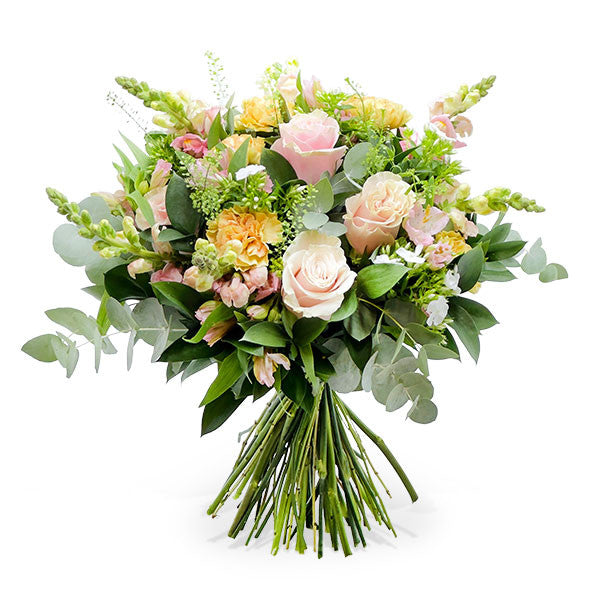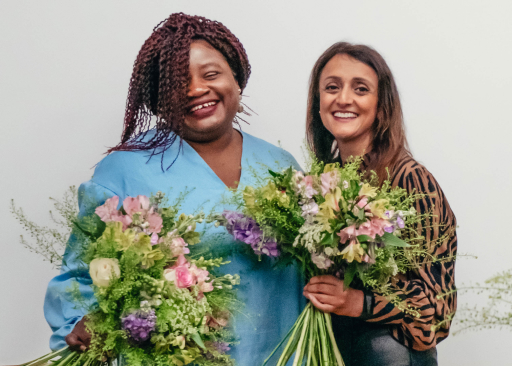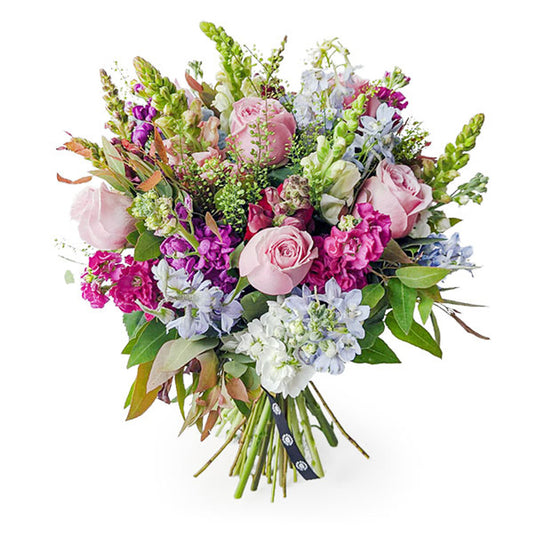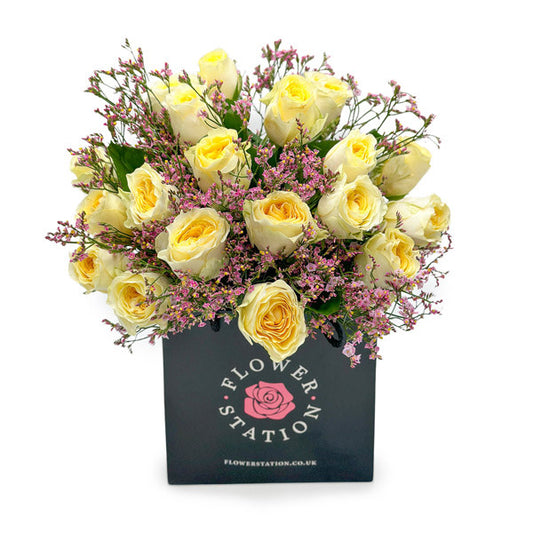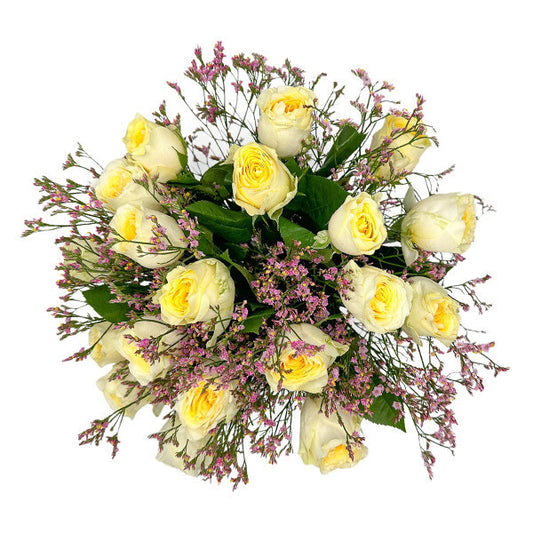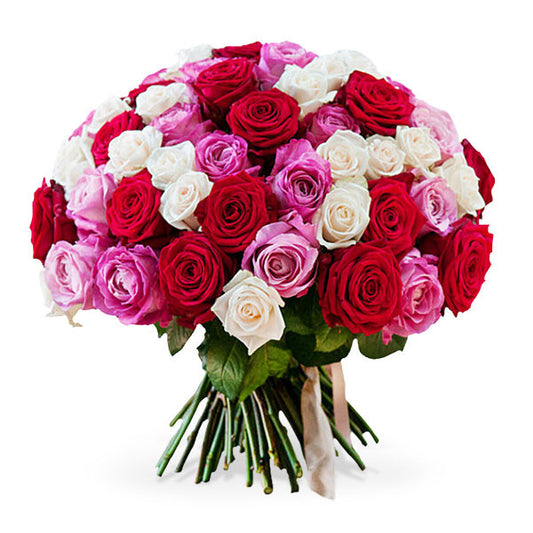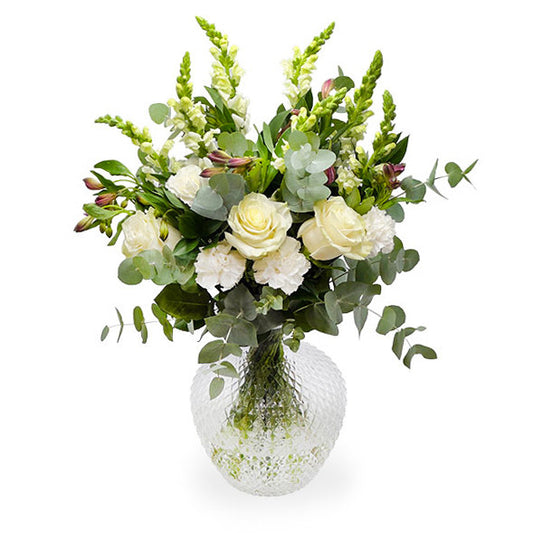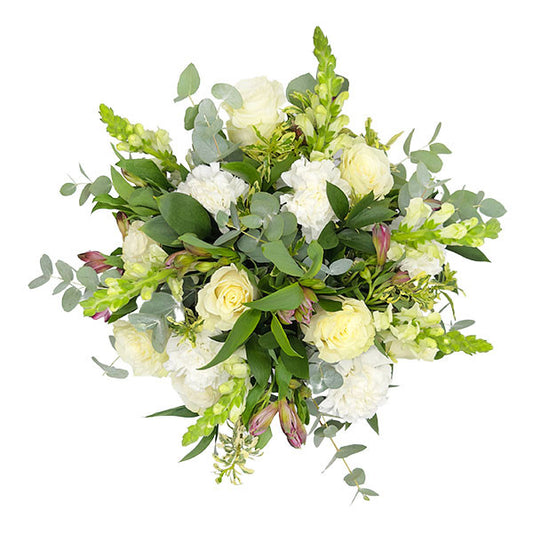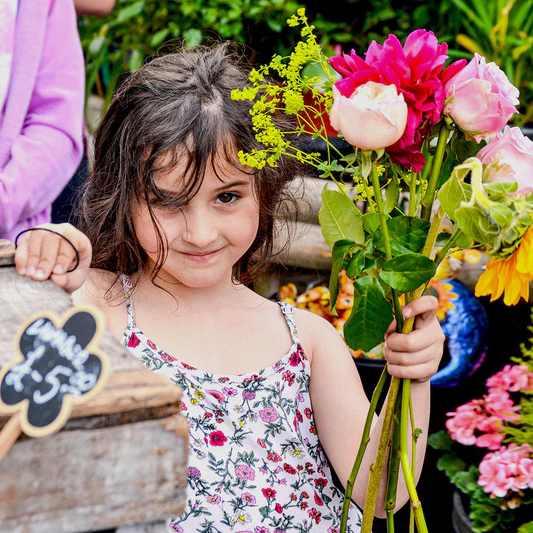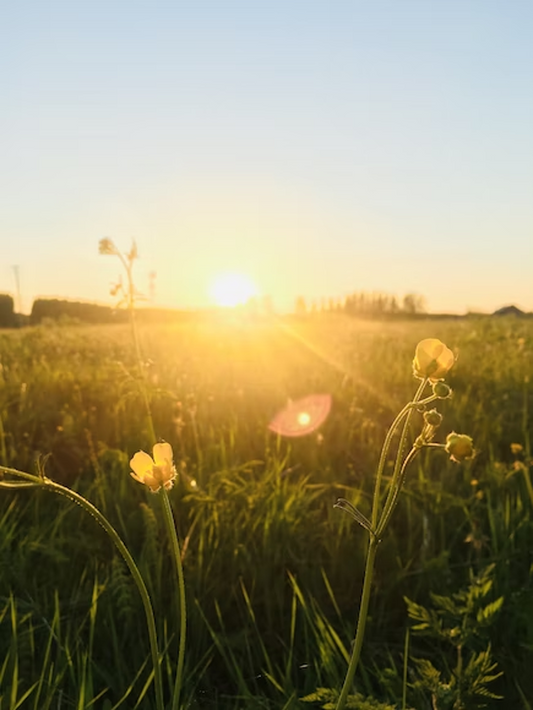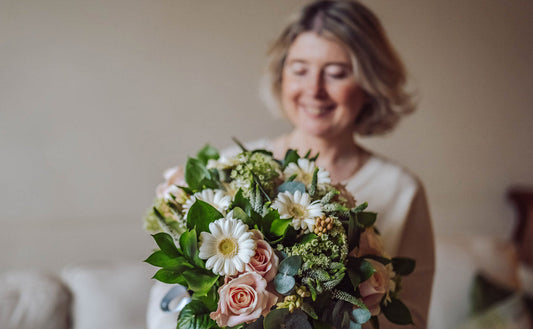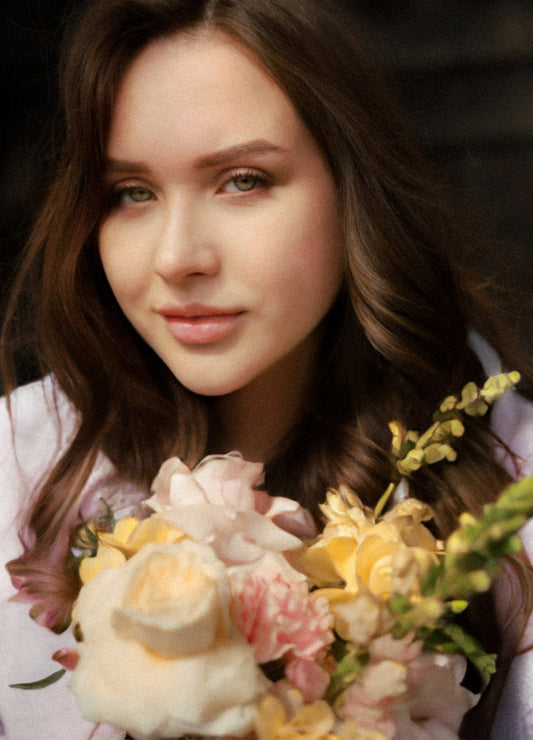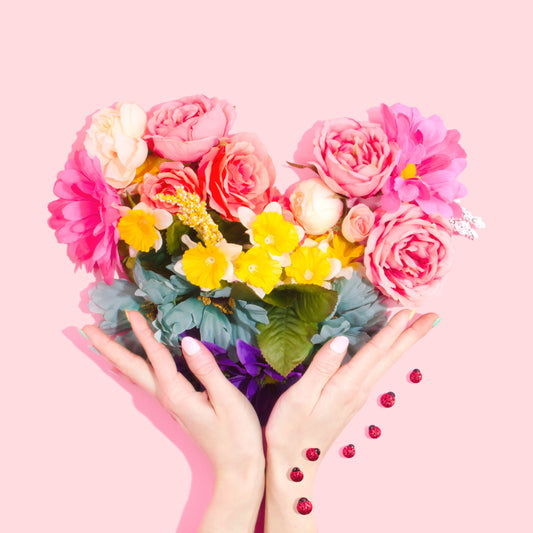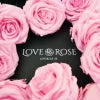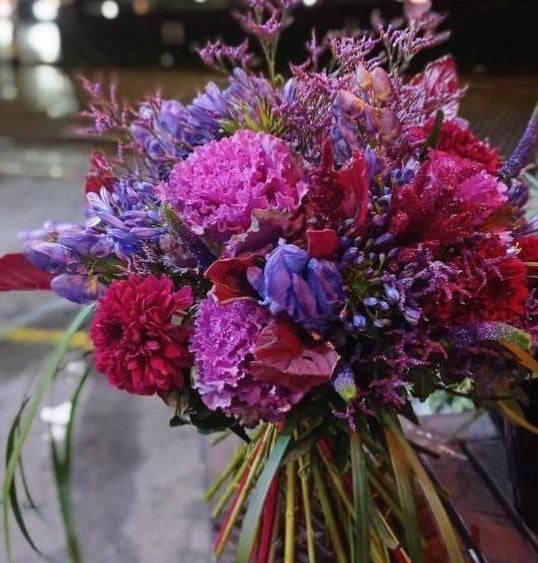
January Birth Flowers and Their Meanings
Author: Libbi CohenJanuary - the first month of the year, the month of new year’s resolutions and new beginnings. What better way to celebrate the month of fresh starts than with a gorgeous bouquet of fresh flowers? Whether you are simply treating yourself this month, or want to present a thoughtful gift to a loved one with a January birthday, we can’t think of a better choice than January’s birth flowers.
Best Selling Flowers
Send a Personalised Video Message
This unique service allows you to add a heartfelt, creative video message to your order and make the recipient’s day even more special. Simply select the “Video Message” option at checkout, and after placing your order, you’ll receive a link to record or upload your personal message. See how it works.
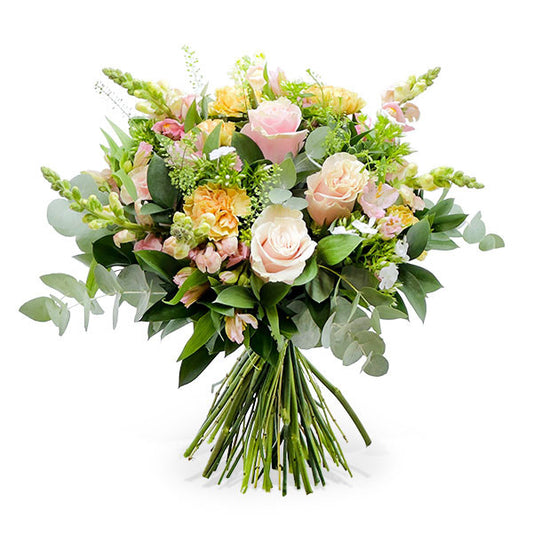
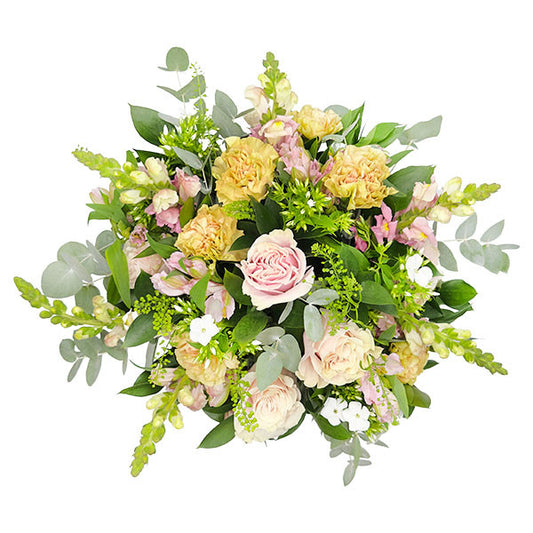
A Parisian Romance
Send a Personalised Video Message
This unique service allows you to add a heartfelt, creative video message to your order and make the recipient’s day even more special. Simply select the “Video Message” option at checkout, and after placing your order, you’ll receive a link to record or upload your personal message. See how it works.
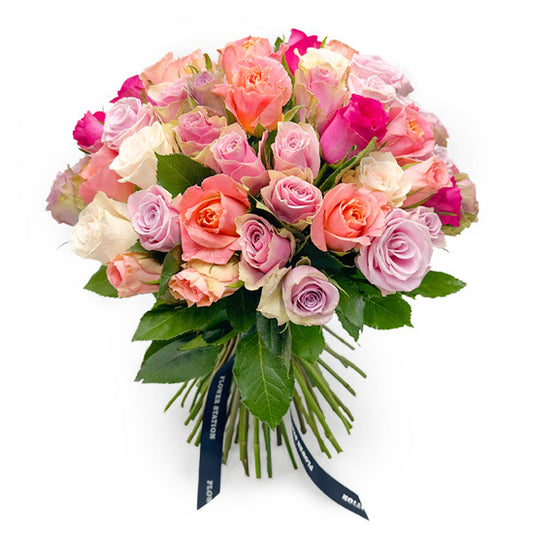
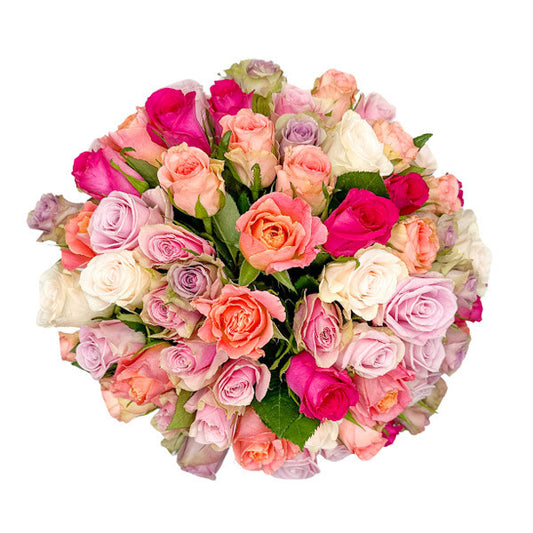
Cherished Rose Mix
Send a Personalised Video Message
This unique service allows you to add a heartfelt, creative video message to your order and make the recipient’s day even more special. Simply select the “Video Message” option at checkout, and after placing your order, you’ll receive a link to record or upload your personal message. See how it works.
Send a Personalised Video Message
This unique service allows you to add a heartfelt, creative video message to your order and make the recipient’s day even more special. Simply select the “Video Message” option at checkout, and after placing your order, you’ll receive a link to record or upload your personal message. See how it works.
Send a Personalised Video Message
This unique service allows you to add a heartfelt, creative video message to your order and make the recipient’s day even more special. Simply select the “Video Message” option at checkout, and after placing your order, you’ll receive a link to record or upload your personal message. See how it works.
Send a Personalised Video Message
This unique service allows you to add a heartfelt, creative video message to your order and make the recipient’s day even more special. Simply select the “Video Message” option at checkout, and after placing your order, you’ll receive a link to record or upload your personal message. See how it works.
Send a Personalised Video Message
This unique service allows you to add a heartfelt, creative video message to your order and make the recipient’s day even more special. Simply select the “Video Message” option at checkout, and after placing your order, you’ll receive a link to record or upload your personal message. See how it works.
Send a Personalised Video Message
This unique service allows you to add a heartfelt, creative video message to your order and make the recipient’s day even more special. Simply select the “Video Message” option at checkout, and after placing your order, you’ll receive a link to record or upload your personal message. See how it works.
The birth flowers in January are the carnation and the snowdrop, two colourful blooms that will be sure to brighten up the dark winter days of January. Keep reading to learn about the history and meaning of these flowers and find out why they are so special.
Carnation
Carnations are loved for their vibrant, large blooms, coming in a wide variety of colours and sizes. Perhaps unsurprisingly, since they are one of January’s birth flowers, carnations thrive in colder climates. Originally, carnations bloomed in shades of pale pink and peach, but they have since grown in shades of red, yellow, white, orange, purple and even green.

Birthday Special Offer
History of Carnations
Traditionally, it was believed that the first ever carnation grew from Mary’s tears when she was crying for Jesus as he was carrying his cross. From this Christian legend, it has since been believed that pink carnations symbolise a mother’s undying love - so these are a wonderfully sentimental gift from a mother to her children!
Meaning of Carnations
Since carnations grow in a variety of colours, the symbolism of these flowers varies based on their colour. For example, a yellow carnation represents disappointment and rejection, whereas a white carnation symbolises innocence. More generally, carnations are thought to represent feelings of loyalty, affection and devotion.
What do carnations say about January babies?
Since carnations are most well known to represent loyalty, affection, love and devotion, it can be said that January babies are affectionate, passionate and loving. What better way to show a January baby how much they mean to you than with a beautiful fresh bunch of carnations?
Snowdrop
The snowdrop blooms in late winter, or even early spring, also thriving in cold temperatures. Snowdrops symbolise snowflakes, with their small white heads that droop down (like the image of snow falling from above) - a perfect representation of winter!

History of Snowdrops
Snowdrop flowers’ official names are ‘galanthus nivalis’. Galanthus is derived from Greek words meaning ‘milk’ and flower’, which are a nod to the white petals of the snowdrop. The word ‘nivalis’ derives from the Latin word for ‘snow’.
According to Moldovan legend, during a battle between Lady Spring and Winter Witch, the blood from one of Lady Spring’s cuts melted the snow, causing a snowdrop flower to bloom. Because of this, the snowdrop flower became a symbol of Lady Spring’s victory.
In the 19th century, snowdrops became popular in Britain, representing hope and purity. Indeed, this is unsurprising due to the pure white petals of the flower, blooming in the darkest depths of winter. While they represented hope on the one hand, on the other, they symbolised doom and death. This is because they were commonly planted around graveyards during this century.
Meaning of Snowdrops
However, now snowdrops retain their happier symbolism of innocence and purity, as well as sympathy. The snowdrop also represents hope since it blooms at the end of the coldest season and is also one of the first flowers to appear in spring.
What do snowdrops say about January babies?
Snowdrops suggest that January babies are hopeful, optimistic and also sympathetic. When you give a January baby snowdrops, you are not only showing your appreciation for them, but you are also inadvertently wishing them hope and success, wishing them a bright future ahead of them.
